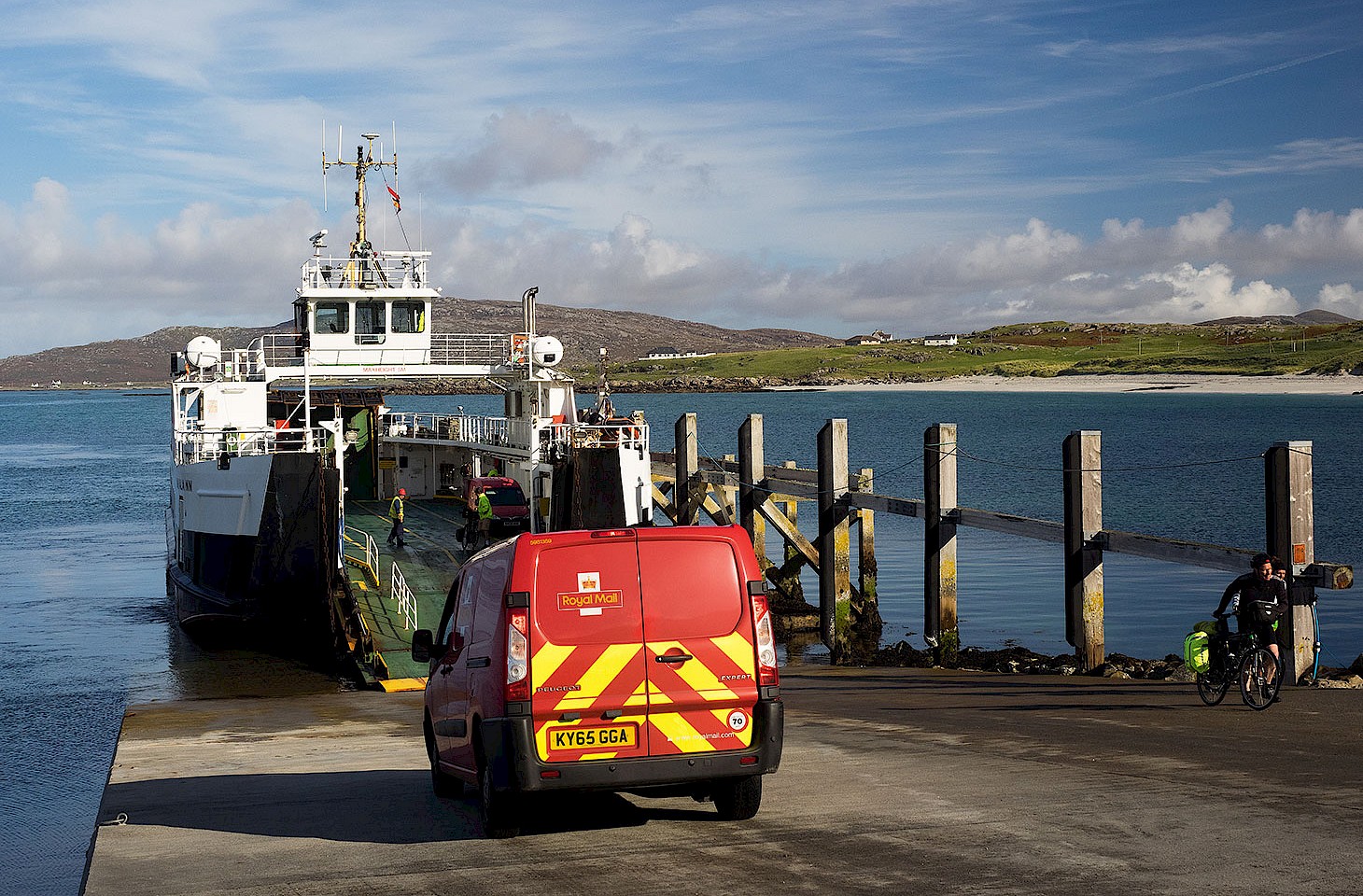Dear fellow travellers
The first hints of spring are always welcome in Denmark's Baltic islands. That applies even when the fading winter has, like this one, been unusually warm. The sea has hardly frozen around many coasts this year.
Ærø is the place to be at times like this. It is mellow and calm, a small island that wants spring to come sooner rather than later.
Ærø in four words: hilly, hospitable, homely, hyggelig. The island is one of those comfy places to which one wants to return time and time again. The hilltops are scattered with ancient passage graves, burial mounds and cairns. Their stone assets have been plundered over the centuries, dark glacial boulders reclaimed from ritualising the dead and put to more worldly uses.
The great stone pier at Marstal, the largest community on the island, is a tribute to the industry of the town's inhabitants. Over two decades in the eighteenth century, Marstal folk combed nearby hilltops for ancient stones, rolling them down to the coast and out over the ice to create a sturdy breakwater — one which would give security to Marstal's harbour for many generations to come. The structure has diligently served this community of seafarers for well over two hundred years, allowing the town to make its mark on global trade. Marstal men have sailed the seven seas. They still do. And when they return to their island home, they bring relics of their journeys. Chimney pots from Tyneside and a taste for Riga Black Balsam recall journeys west and journeys east.
The rural landscapes of the island of Ærø are springing back to life. The island has heavy dark soils, tangled hedgerows and stately country churches set in circular walled graveyards which have the quiet delicacy of Renaissance gardens. Some of those churches have deeply impressive interior decoration. The carved triptychs at Bregninge and Tranderup are world-class works of art, both exploring with immense authority the Passion of Christ as their central theme.
The beauty of Ærø is the omnipresent sea. The island is high enough to afford views over the Baltic to neighbouring islands, and the island topography is such that from many vantage points one can look out to sea in several directions.
We are of course not the first to comment on the remarkable appeal of Ærø. In 1834, the Danish writer Jens Rasmussen Hübertz remarked how, while elsewhere in Denmark life is as on a stormy sea, things are more pacific on Ærø. Here is a place where life glides softly. And surely we all need, from time to time, to retreat to places where life glides softly.
Nicky Gardner and Susanne Kries
(editors, hidden europe magazine)



